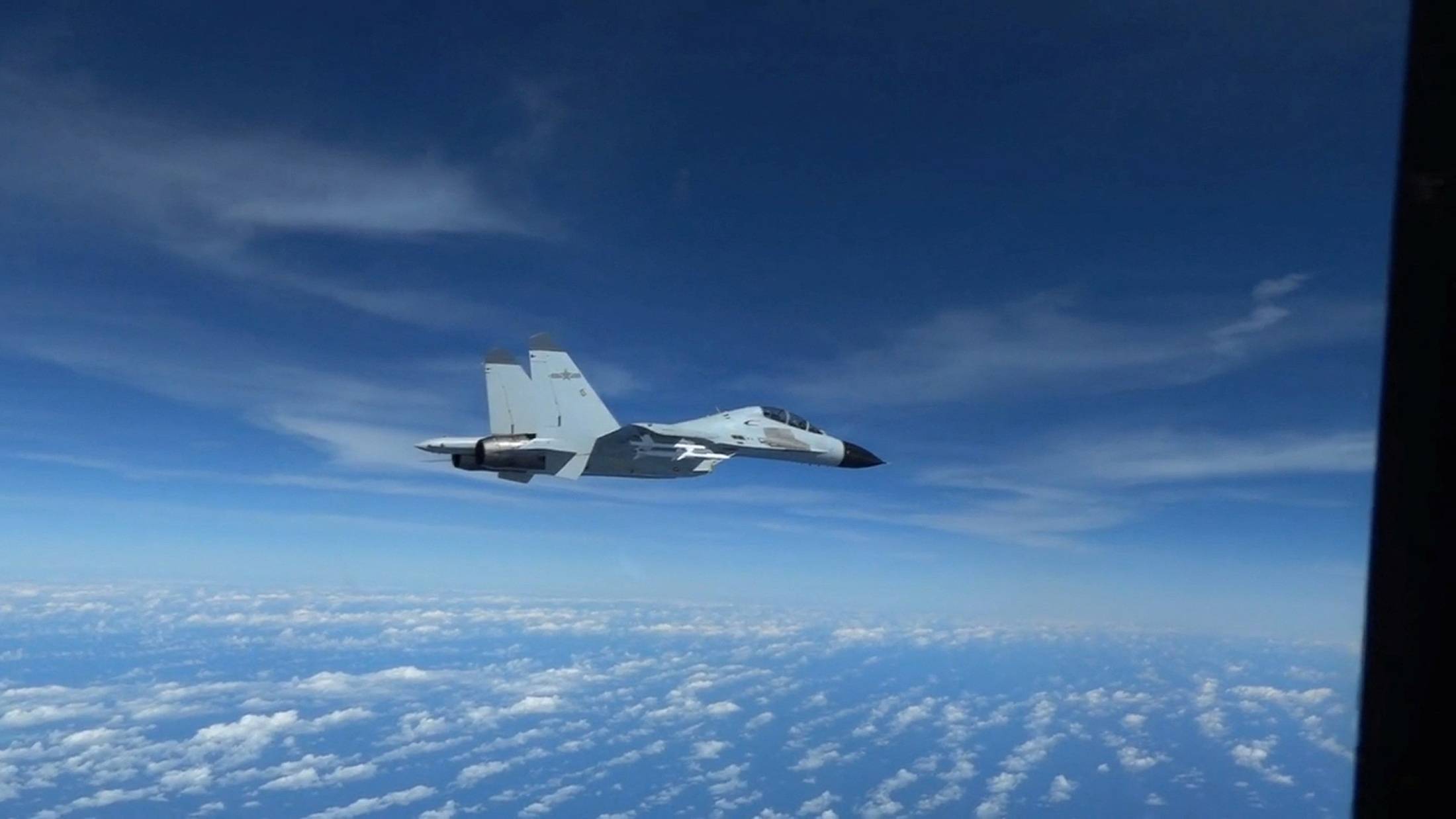A Chinese fighter jet flew within three meters (10 feet) of a U.S. Air Force reconnaissance plane during an intercept last week over the South China Sea, forcing the U.S. plane to take evasive maneuvers to avoid a collision, the U.S military has revealed.
The revelation is the latest in what Washington has called a trend of increasingly dangerous behavior by the Chinese military in its encounters with the U.S. and its allies and partners in the region.
According to the U.S. Indo-Pacific Command, the latest incident, which took place on Dec. 21, involved a Chinese People’s Liberation Army Navy J-11 fighter pilot, which “performed an unsafe maneuver” during an intercept of a U.S. Air Force RC-135 aircraft that it said “was lawfully conducting routine operations over the South China Sea in international airspace.”
















With your current subscription plan you can comment on stories. However, before writing your first comment, please create a display name in the Profile section of your subscriber account page.